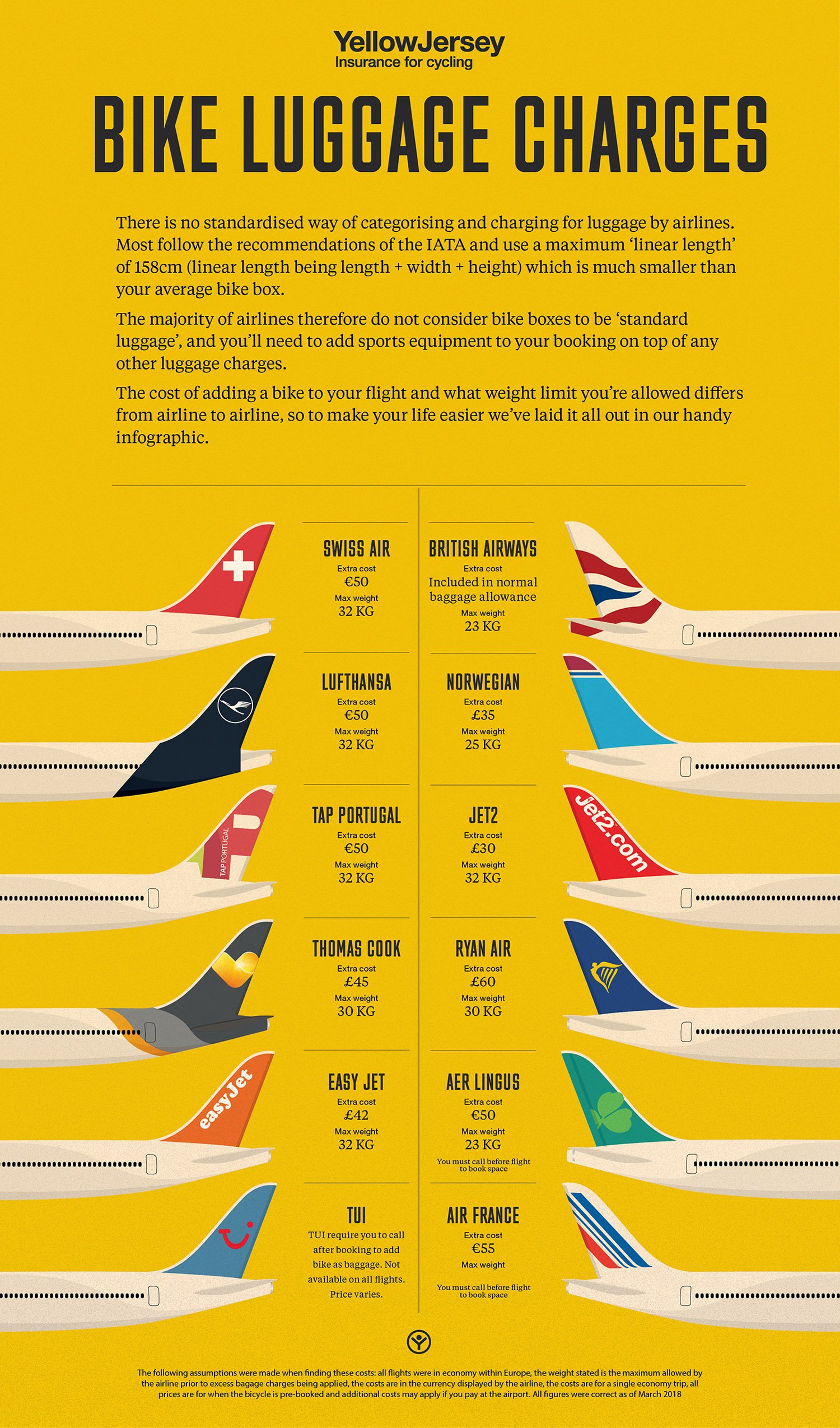“Content marketing is king” is the definitive marketing mantra of the day, but it can be a challenge to understand exactly what and when you should publish.

There is no guaranteed number of posts or exact type of content that will lead to success, but there are general guidelines that can help to improve the results you consistently see.
The key thing to remember while content marketing is that you’re building an audience, so create quality content that people will see as a valuable resource and revisit accordingly.
Posting regularly correlates with increased engagement, but with two caveats: don’t post filler content for the sake of it and don’t get hung up on making every post perfect. Shorter, lighter pieces can be interspersed with expansive and in-depth resources. A good balance between the two is the cornerstone of a good content marketing strategy.
“Companies that blog at least 15 times per month get five times more traffic than companies that don’t.”
If you can’t manage that volume, simply adding one or two blogs a week to what you currently produce is simple yet effective. The important thing is to set a goal —even one blog a week— and stick to it.
Tailor content to different audiences.
One standard piece that goes to everyone who visits your site may not always be successful; but multiple versions that speak to different audiences would be. As a basic example, a news story about a road cycling might not appeal to a mountain biker.
On channels like a blog, where users can decide where to go and what to read, this problem can be avoided easily. If users can search for content or navigate to the section they want to see (either via navigation menus or category links), they will do so. It’s important to bear this in mind with fixed-view channels, such as newsletters, where everyone will see the same thing. In these cases, keep a mix of content that represents your audience.
Focus on distribution.
It is no longer enough to just create email lists: you have to do the marketing for them as well. Consider developing relationships with bloggers in your niche to syndicate your posts.
People often engage more with lists, facts and stats.
Some top-level content ideas based on these prompts:
- Create a list of facts about your business: choose interesting things like “our MD once cycled the length of Africa” rather than “we have two water coolers in our head office”.
- Create a list of the top people to follow, and ask these people to share the list. This is mutually beneficial: your audience discover more people aligned with their interests, the people get free publicity and you get your content shared in appropriate channels.
- Create a list of your favourite sources of content from others. The benefits to this are similar to the above.
- Answer questions about your business. Bonus points if you answer genuine questions from your audience.
Content that answers questions is effective. Things like how-to guides, tutorials and FAQs serve an immediate and personal purpose, and can be updated and expanded where necessary to remain relevant.
How do you drive content marketing results without a budget?
One way to ensuring you always have content to publish is by re-purposing what other people publish – but tread carefully. Do NOT plagiarise and ALWAYS give credit (add links to the original work as often as possible). Using other people’s work should be a starting point, inspiration for your own take on a subject and not a just a copy and paste. Not only is the latter disingenuous, but Google is good at penalising people who repost existing content without giving credit.
By building relationships and networks with relevant partners it becomes possible to use their content as the basis of your own, saving hours of time. It’s also a two way street as your network may reciprocate and re-purpose and publish your work, driving traffic back to your site.
If you need an example, feel free to share or embed the infographic below but add some simple comments or additional advice to add weight. Within less than 30 minutes you could provide a contact point with your audience which engages them and prompts them to remember your company.
